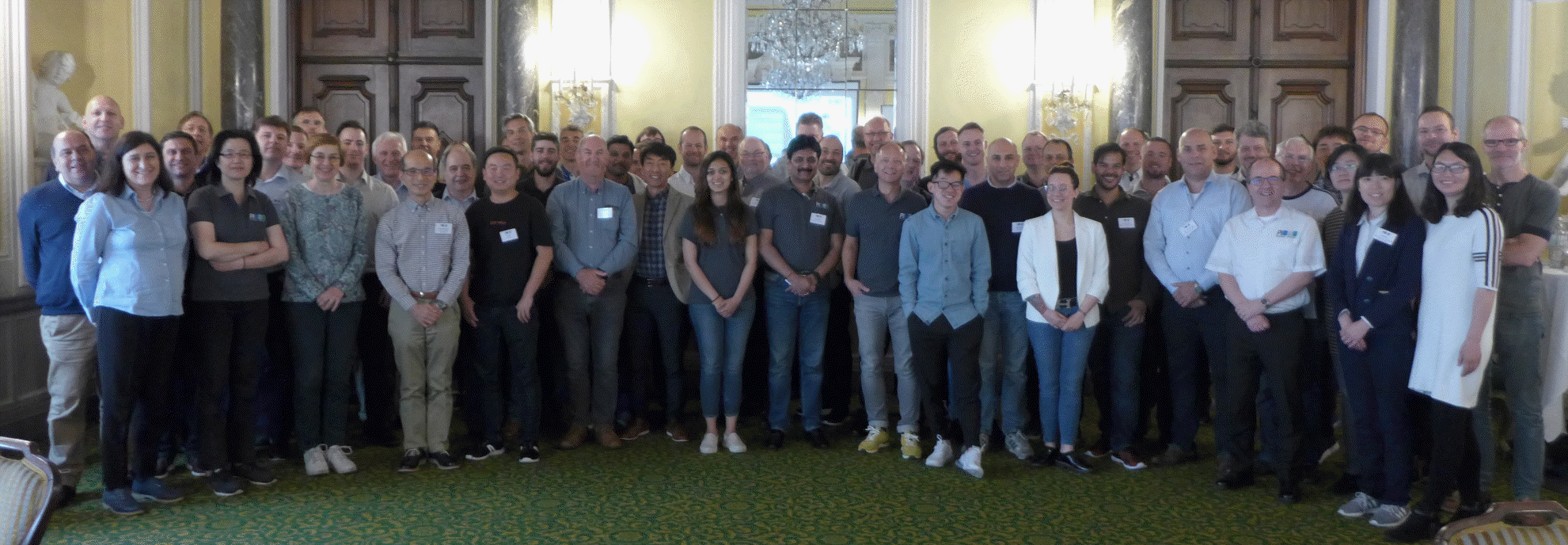Being a PROFIBUS PROFINET International (PI) Competence Center (PICC) and PI Training Center (PITC) for both PROFIBUS and PROFINET means that we need to stay current on what is happening. To do this, PI has a meeting of PICC and PITC once a year, and this year it was in Innsbruck, Austria.

During this three day meeting, a lot was discussed. Here is a highlight of what was covered:
- Advanced Physical Layer (APL)
- Time Sensitive Networks (TSN)
- New PICC designation for PROFINET for PA
- OPC UA for inter-PLC communications
- Switches
APL
As pretty much everyone knows, Ethernet is everywhere. However, for Process Automation, we have many two-wire devices that are located in hazardous environments. Not a good fit for standard Ethernet. This is where APL comes in. It is a new physical layer for Ethernet and will be IEEE 802.3cg standard that provides power and full duplex communications on the same two wires and can be intrinsically safe. There will be two releases. The first one will be a 10 Mbps version and the second release will permit 100 Mbps. Both will use the same wires as PROFIBUS PA and Foundation Fieldbus, which will provide an easier upgrade path. The 10 Mbps version is in the prototype and testing phase, and things are looking very good. So good that we are expecting to see the first products out in the next couple of years – my guess is 2 to 5 years.
TSN
A few years ago, I was at a PROFINET meeting and heard people talking about TSN. I was thinking ‘The Sports Network,’ but soon figured out it was some else. Basically, there are a lot of applications that require synchronous communications. This is why Time Sensitive Networks (TSN) was developed. PROFINET has Isochronous Real-Time, which does the same thing as TSN will. TSN is defined in IEEE802.1AS, IEEE 802.3br, IEEE 802.1Qbv and IEEE 802.1Qbu standards, and will be integrated into standard switches in the future. The only advantage of TSN over IRT is that TSN is an international standard that will be used by all the industrial protocols for synchronous communications. This is cool technology, but it will remain to be seen how much it will be used. Both PROFINET and Ethernet/IP will be supporting it. The work has pretty much been done on this from a protocol point of view; now we wait for the hardware to be developed and see what the market thinks of it.
PROFINET for PA
PROFINET release Profile V4.0 PROFINET for Process Automation last year. PROFINET is being used in process automation. To help end users along, PI has decided to designate an expertise class for PROFINET for Process Automation. The paperwork for these first centers of excellence for PROFINET for PA is being worked on as I am writing this. One of the first companies to have this classification will be JCOM Automation Inc.
OPC UA
OPC UA is a widely used protocol for pulling information from PLC and other field devices up into SCADA systems and beyond. PI has decided to standardize on using OPC UA for inter IO-Controller communications. With the reduced timing requirement for this application, it makes sense to use OPC UA. JCOM Automation Inc. will be developing training on this in the future.
Switches
One of the most interesting discussions that we had at the meeting was on switches. We spent over a half a day talking about these devices in detail. There is a perception in the Market place, that switches are commodity items and are more or less the same. However, to quote Douglas Adams, ‘This is not only not always correct. It is wildly, crazily, stupidly, cross-eyed-blithering-insectly wrong!”(from The Ultimate Hitchhiker’s Guide: Five Complete Noves and One Story). As our installed sites get bigger and bigger, we as a community are learning how very important switches are. I have been preaching this for years, and now I am even more convinced of its truth. In learning more about how switches work and what can go wrong, I have changed my mind about port mirroring. I had thought that although it cannot always be trusted, it was still useful. Now, I may still use it as a first check, but the sad truth is that just when you need port mirroring the most is also when it is most likely to fail!
I hope you have enjoyed this very brief summary of the PI PICC and PITC meeting. If you have any questions or would like to discuss these topics in more detail, please feel free to contact me.
